Lensless Camera Technology by Hitachi | Focus After Capture
Hitachi is developing a lensless camera that focuses images after they are captured. Hitachi has developed Japan’s first lensless camera technology that uses a special film in place of a lens that will not only make cameras much slimmer and compact but also cheaper and will have the ability to adjust aperture, depth of field and focus after taking the picture.
► LINK TO HITACHI'S PRESS RELEASE: https://goo.gl/bsyCuv
► SUBSCRIBE: https://goo.gl/94umrc
Hitachi’s camera uses a special piece of film in front of the the image sensor that directs the light onto the sensor in a particular pattern. The information captured by the sensor is then used to reconstruct the image with the help of specialized computational algorithms. Since depth information is captured along with the overall exposure, Hitachi says the technology allows the image to be refocused after capture.
The specialized film is imprinted with a concentric-circle pattern that is laid directly on top of the image sensor. The pattern then casts a shadow onto the sensor during image capture, which is compared to a second, similar pattern.
The difference between those two patterns creates Moiré fringes that can be analyzed to determine the incident angle of light. Then, the camera uses algorithms, specifically a Fourier transform to capture a final image. Since it acquires depth information in addition to planar information and hence the option to focus after the fact.The processing speed is 300 times faster than traditional methods, according to Hitachi.
Hitachi said it expects the cameras to be used in automated driving cars, human-behavior analysis, robotics, and mobile devices. For now, this is not made to replace traditional cameras. Especially for mobile devices, this will get them rid of the notorious camera bumps in most of flagship smartphones today.
► LINK TO HITACHI'S PRESS RELEASE: https://goo.gl/bsyCuv
► SUBSCRIBE: https://goo.gl/94umrc
Hitachi’s camera uses a special piece of film in front of the the image sensor that directs the light onto the sensor in a particular pattern. The information captured by the sensor is then used to reconstruct the image with the help of specialized computational algorithms. Since depth information is captured along with the overall exposure, Hitachi says the technology allows the image to be refocused after capture.
The specialized film is imprinted with a concentric-circle pattern that is laid directly on top of the image sensor. The pattern then casts a shadow onto the sensor during image capture, which is compared to a second, similar pattern.
The difference between those two patterns creates Moiré fringes that can be analyzed to determine the incident angle of light. Then, the camera uses algorithms, specifically a Fourier transform to capture a final image. Since it acquires depth information in addition to planar information and hence the option to focus after the fact.The processing speed is 300 times faster than traditional methods, according to Hitachi.
Hitachi said it expects the cameras to be used in automated driving cars, human-behavior analysis, robotics, and mobile devices. For now, this is not made to replace traditional cameras. Especially for mobile devices, this will get them rid of the notorious camera bumps in most of flagship smartphones today.


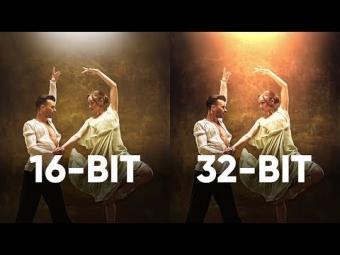
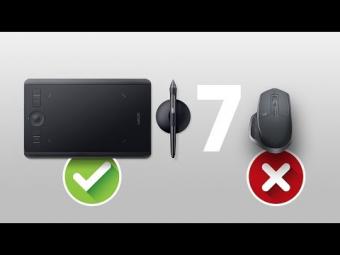


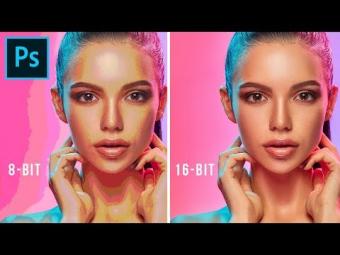
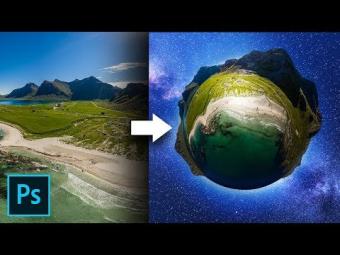
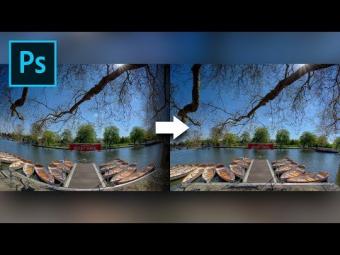
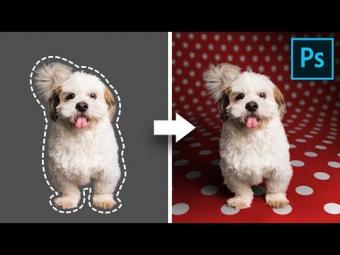

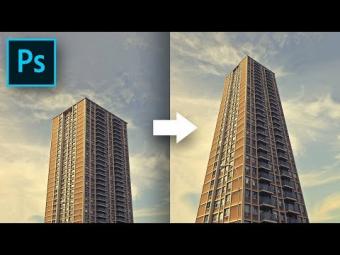

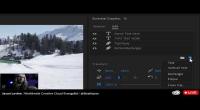








YORUMLAR